Interconnection FAQs: Addressing solar installers’ five most common concerns
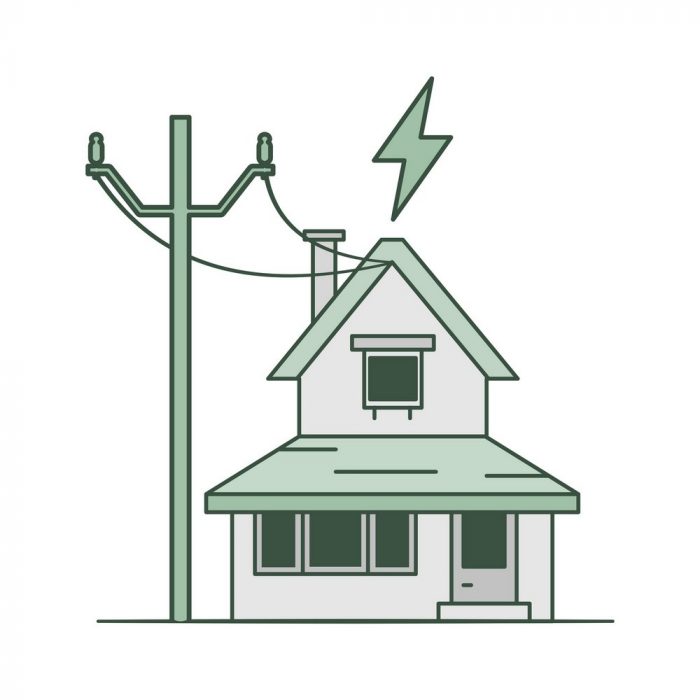
Interconnection can determine whether your project is able to move forward or not. Unfortunately, the process by which you connect a PV project to the grid can be unnecessarily complex without consistent parameters. Plus, even seemingly small changes from site to site — such as the unique layout of the electrical room — can change the interconnection procedures.
Balancing site conditions with the system you want to install is the magic. To help address some of the most common concerns, we’ve included five of the most frequently asked interconnection questions below.
Should I do a supply side tap or a load side interconnection?
At PVComplete, we always recommend a load side connection when possible. A load side connection means that you interconnect on the load side of the service disconnect, such as on a dedicated PV breaker at the end of the bus. Unfortunately, there are many situations when a load side connection is not possible. For example, when there is not physically enough space to add an extra breaker to the panel.
Also, the NEC has a rule, colloquially referred to as the “120 percent rule,” that says the sum of the main breaker plus 125 percent of all power source(s) current (inverters) to a panel cannot exceed 120 percent of the rating of the panel bus, assuming the interconnection is at the opposite end of the bus from the utility service. For example, if you have a 400A-rated panel with a 400A main utility feed breaker, then the solar inverter max current cannot be rated higher than 64A.
400A + 64A x 125% ≤ 400A x 120%
If you find yourself bumping up against the 120 percent rule, one option to consider is replacing the main breaker with a lower-rated breaker. A load study should be performed first to determine if the demand is low enough to justify reducing the main breaker rating. For example, if you want to connect a solar inverter that has a 100A max output to a 400A panel with a 400A main breaker, you can replace the 400A main breaker with a 350A main breaker.
350A + 100A x 125% ≤ 400A x 120%
Another option is to do a service swap. If you have an electrical service and do not want to upgrade your service, you can swap out the main service panel for a “solar ready” combination service entrance device (CSED) that has a separate breaker connection for solar. For a typical 200A service, you can interconnect up to a 16-kW solar inverter.
The final option is to do a supply side tap. This involves intercepting and tapping into the conductors in between the utility supply and the main breaker panel. With a supply side tap, you don’t need to consider the 120 percent rule and can connect inverters that are rated up to the rating of the utility supply to the panel.
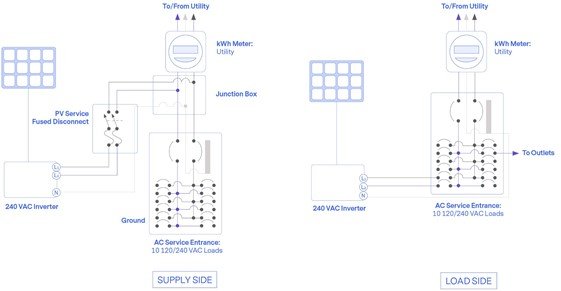
What’s the biggest solar system I can put on this panel?
The largest solar array that can be interconnected on a panel is a function of the rated output current of the inverters. For example, if you are using a 10-kW solar inverter with a rated output current of 40A, the NEC code requires you size the breaker at 125 percent of the output current rating, or 50A, since solar is considered a “continuous” source of current.
As discussed earlier, this inverter would fit on the load side of a 400A panel. In this case, are we therefore limited to a 10-kW solar array? No, we are not.
Keep in mind that you can often size the dc capacity of a solar array to be larger than the ac rating of the solar inverter. This is referred to as the dc:ac ratio. It’s not uncommon to see real world dc:ac ratios between 1.2 and 1.5. Higher dc:ac ratios will overload the inverter in the middle of the day during sunny summer months. The inverter will protect itself and limit its power to the rated power of the inverter. This introduces clipping losses, which may be considered acceptable losses in order to hit a target system capacity, illustrated in Fig 2 below. For example, you could connect a 14-kW dc rated solar array to the 10-kW inverter if the modeled energy losses are acceptable.

Note that in the non-summer months or on cloudy or rainy days you might not lose any energy to clipping losses. Use the following table to determine the maximum ac rating of the inverter and then decide on an acceptable dc:ac ratio:
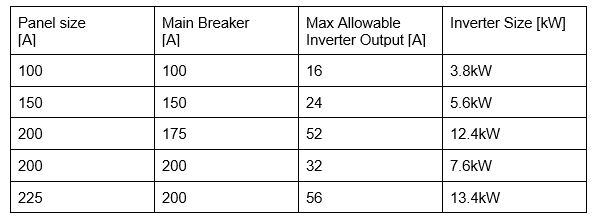
I have more than one meter, what do I do?
Fortunately, we now have programs that allow for virtual net metering. This means you can physically connect your solar output to one meter and have the utility credit the power you generate to other meters that you own. It’s like you are virtually connected to the other meter without having to actually feed power through it.
Note that there are limitations to these programs that vary depending on your state and utility provider. For example, in California, we have both VNEM and NEMA programs with slightly different rules as discussed below.
What is the difference between VNEM and NEMA?
NEM aggregation, or NEMA, is a sub-schedule to the NEM tariff and is intended for use when a customer has multiple electric meters on the same property or on contiguous properties (i.e. properties that share a boundary). For example, a farmer who operates multiple metered wells on several properties would fall into this category.
Virtual net energy metering, or VNEM, is similar to NEMA, but designed for multiple customers located at a single service. For example, an apartment building that has multiple meters for each unit would be well suited for VNEM. Under the VNEM umbrella, there are several specific programs depending on your state. In California, they have the following programs:
- Standard NEM2V
- NEM2VMASH, which is designed to work with the Multifamily Affordable Solar Housing (MASH) incentive program and the New Solar Homes Partnership incentive program; and
- NEM2VSOM, which is designed to work with the Solar on Multifamily Affordable Housing (SOMAH) incentive.
My customer is worried about public safety power shutoffs and brown outs — what do I do?

Fortunately, there are now several options for adding battery backup to your solar project. Tesla is the best known but there are dozens of other options with various battery chemistries. We generally recommend working with a solar inverter or power electronics vendor that has the option of battery storage built into their system. This will help ensure a seamless integration with the solar array. There are many options available now including Blue Planet Energy, Enphase, Generac, Outback, SimpliPhi Power and SolarEdge to name a few.
Check out Solar Builder’s Energy Storage System Buyer’s Guide for options.
Reuben Baril is the director of design services at solar design software company PVComplete, which provides engineering services in support of a wide range of residential, commercial and utility-scale solar projects. His combined mechanical and electrical engineering background informs his unique solar and storage perspective.



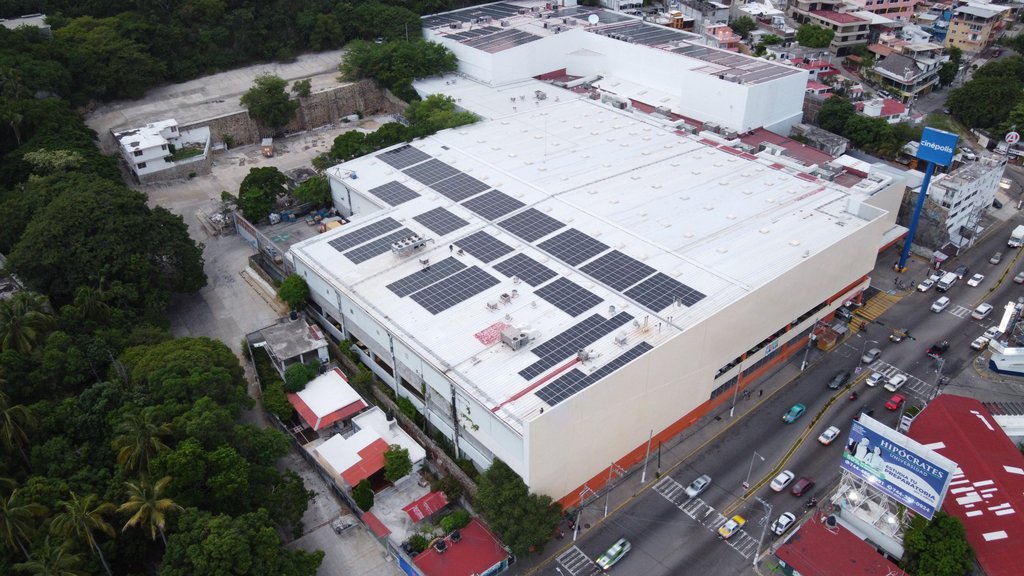
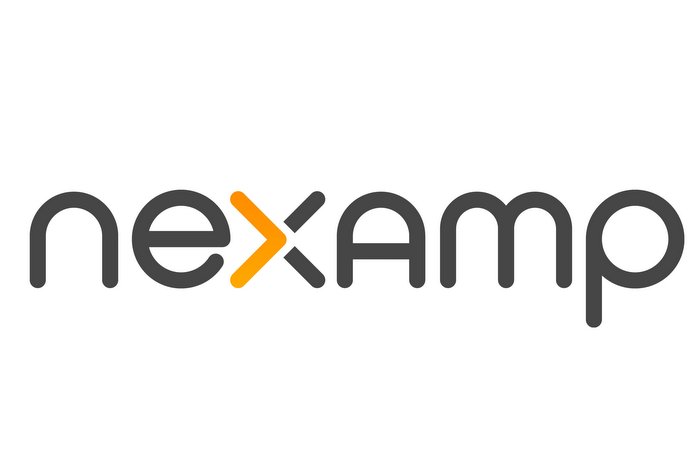
Comments are closed here.